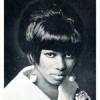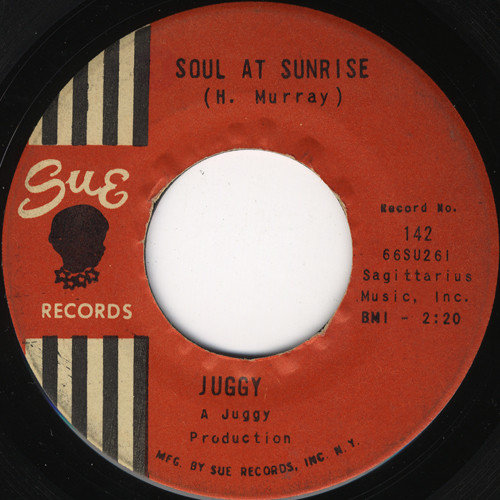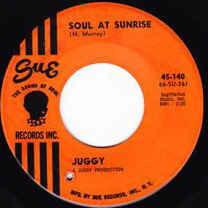- Replies 7
- Views 1.1k
- Created
- Last Reply
Most Popular Posts
-
Yep and both Derek Martin variations play different mixes of the song. Curious.
-
exactly. two color is with an annoying organ track and three color (better in my opinion) does not have it.
-
I know the organ mix is not everybody's cup of tea but I like it. All in all is a faster version and more lively than without organ that is quieter but love both.







I was curious about Sue label variation - namely the difference between two color (orange/black) and three color (orange/white/black).
This website suggests that it changed over time (3 color, and then 2 color), but was there also regional variation? (like east coast versus west coast?) I have two copies of "if you go" by Derek Martin and they are different (one is 2 color and one is 3 color).
Thanks!
https://www.cvinyl.com/labelguides/sue.php